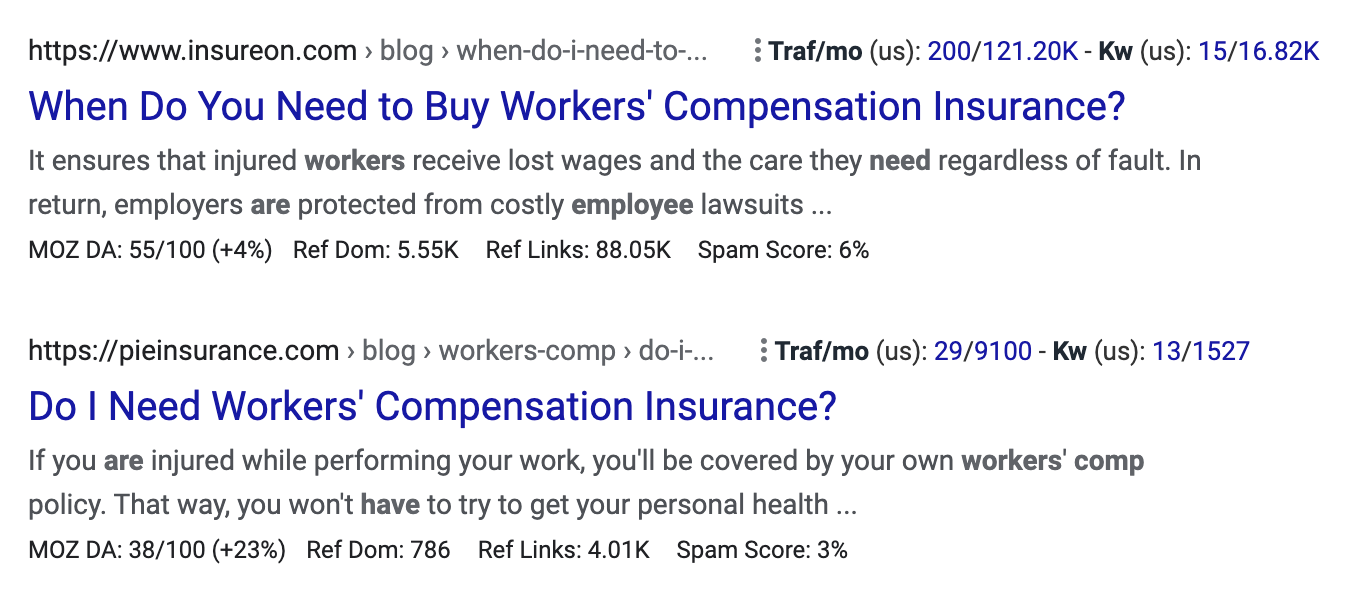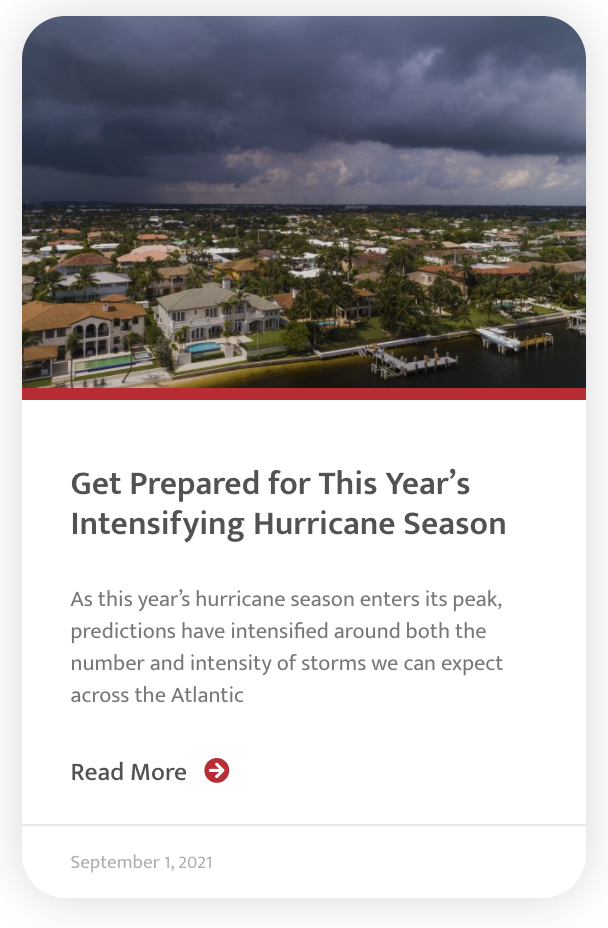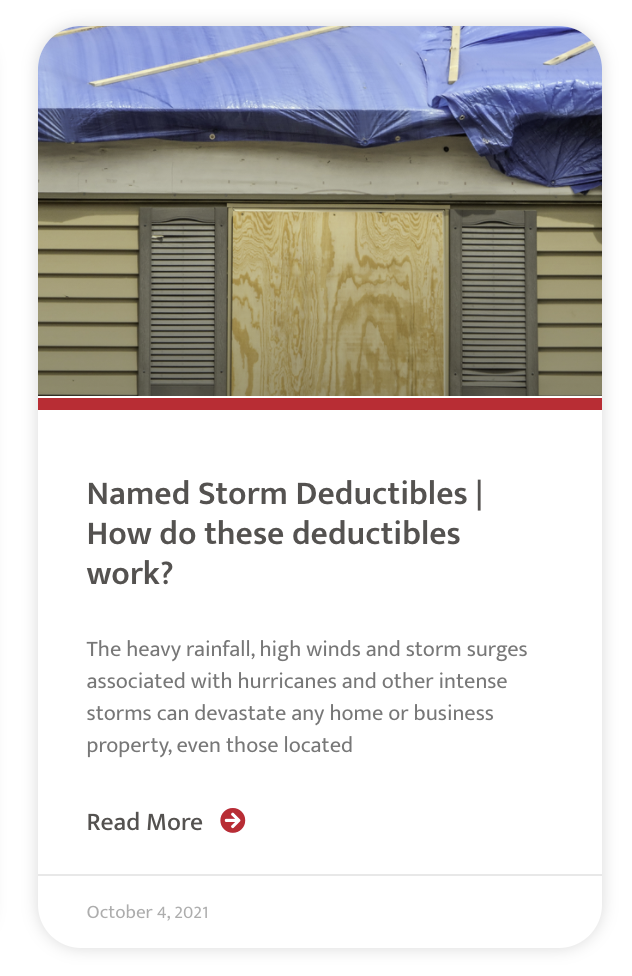It takes a robust digital marketing strategy to stand out in the crowded field of insurance sales. And, of course, you want to be found when prospective clients turn to the Internet when they’re looking for a new insurance policy.
Does your website feature a blog? Let’s look at why it should—and some tips for getting started.
What are the benefits of blogging for insurance agents?
Let’s start with a strong foursome:
1. Builds authority and trust
Your blog will showcase your agency’s expertise and knowledge to help foster the trust you need to bring new clients aboard. Many potential customers have very minimal knowledge of insurance, and they want to make sure they can trust their insurance agents.
Well-written blog posts featuring helpful information about insurance coverage helps convince potential customers you know your stuff. You can begin to build the trust it takes to make a sale even before the customer meets you.

2. Grows your online presence
Your blog grows your website, and with it, your digital presence. If you create just one post per week (we’ll give you 2 weeks off), you expand your site by 50 pages a year. That gives search engines, social media users, and other publishers 50 reasons to send traffic your way.

Your blog content gives you much (or all) of what you need to publish and distribute authority-building content via popular channels including social media and email. You can even automate the distribution of the additional media. Marketers refer to this tactic as “repurposing.” Fifty posts per year gives you a lot of content to experiment with.
Additionally, your blog can drive traffic to your website with an effective SEO strategy. A potential client could find your business just by conducting a search with a simple question about insurance.

3. Develops your “why”
Renaissance Alliance writes (paraphrased), “The process of blogging gets you and your staff to think creatively about how to tell your agency’s story in fresh ways—particularly to younger audiences.”
You might think of that as developing your “why.”
4. Injects a human touch
“A blog can help make your website and business more personal,” writes Scott Smith. He suggests publishing some blog posts about your agents and how your agency is contributing to your community.
This blog post actually covers 21 benefits of blogging—including some that overlap with our top four—but here are a few others worthy of mentioning:
- Connect with partners—Blogging allows you to connect and team up with influencers and leaders who can be instrumental in building your business.
- Grow your email database—Your blog should inspire people to opt into your email newsletter list.
- Get (and stay) customer focused—By blogging, you’ll learn how to speak in your customers’ terms, perpetually improve this vital skill, and grow more in touch with your audience’s wants and needs.
- Generate publicity—As mentioned, business bloggers establish authority. Stick with it and demonstrate you know your niche and you’ll get asked for interviews frequently.
- Get strategic—You’ll get in the habit of examining your site’s analytics and gather insights about what does and doesn’t appeal to your audience. Your marketing will get more strategic by day.
- Learn—Writing leads you down a road to perpetual learning.
Blogging tips for insurance agents
In order for your blog to generate the best results, you’ll need to have an effective strategy. Here are four helpful tips to keep in mind when developing your blog.
1. First, consider the reader
While your blog is bound to be an important part of your marketing strategy, your posts shouldn’t sound like sales copy. Your primary goal when choosing topics and writing your blog posts should be to make sure you are providing as much value for your readers as possible.
Consider what motivates your target customer. Why are they looking for insurance? What is most important to them when choosing a policy? If you aren’t sure how to answer these questions, consider surveying or interviewing your customers to get some helpful insights into their behavior.
You can use this information to help select topics that are going to be most relevant to your readers. For example, if your customers are most concerned about affordability, you might want to focus on how companies calculate premiums and discounts, rather than promoting expensive add-ons.
Additionally, you’ll want to make sure your blog provides real value for the reader. Ideally, most of your blog posts should answer questions your reader have about insurance or provide new information to help them make informed decisions. Even if you’re covering a relatively simple topic, try to add new information or approach it from a unique angle to offer more insight.
2. Explore location-specific topics
It’s wise to focus on types of insurance and issues specific to your region.
For example, if your area is prone to hurricanes, you might publish articles about flood insurance for residential or commercial properties. If you sell auto insurance, you could write about comprehensive policies and how they cover weather damage.


3. Get serious about search
The first page of Google captures as much as 71 percent of search traffic clicks, and the majority of users never go past the first page.
While search engine optimization (SEO) is a topic for another day (and a big one), understanding and executing basic SEO practices can significantly accelerate your success.
If you’re going to make blogging a consistent part of your marketing, consider investing in professional SEO services. A professional can help you with other key parts of your SEO strategy, including keyword research, on-page optimization, linking, and more.
4. Prioritize readability
Today’s consumers are bombarded with information online. If something doesn’t grab their attention right away, they’re sure to move on.
To keep your readers’ attention, keep it simple. Use clear language. Explain anything you suspect may need it. Avoid jargon or industry terms that your potential customers might not know.
Keep sentences concise and clear to get your point across effectively. You’ll also want to make sure to keep your paragraphs on the shorter side. Large blocks of text on web pages tend to chase away impatient readers.
Break up your blog posts with subheaders to make it easier to skim. Listicle blogs are often very successful for this reason. The reader can skim the blog to get an idea of what it’s about before deciding if they’d like to read further. If you want to break things up even further, you can also add photos or infographics.









